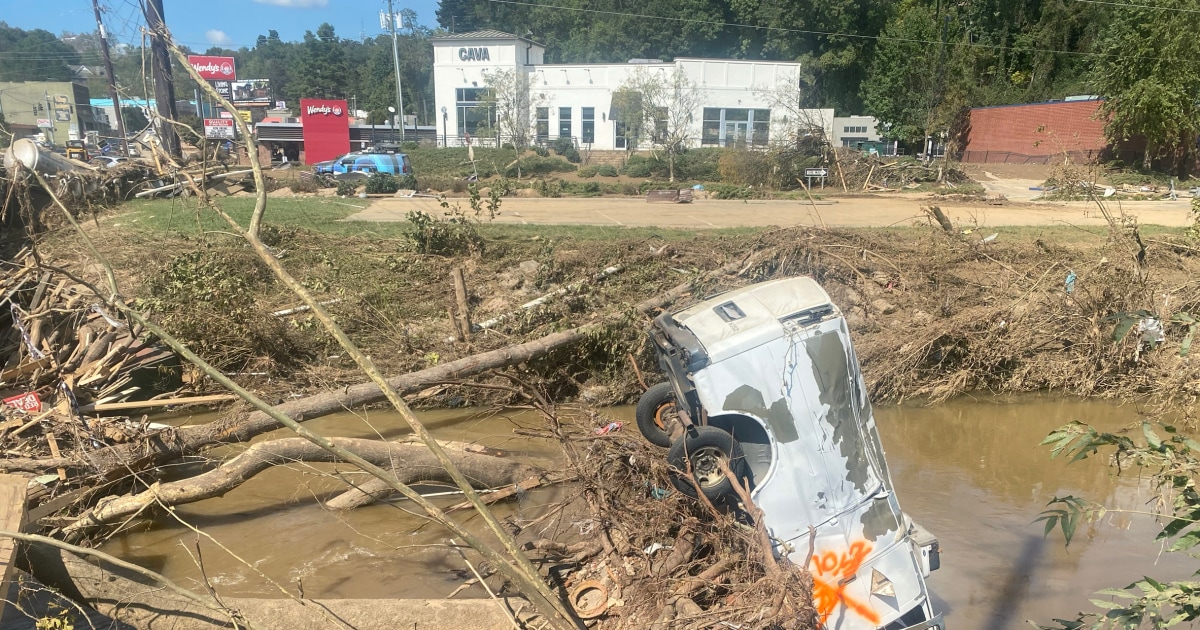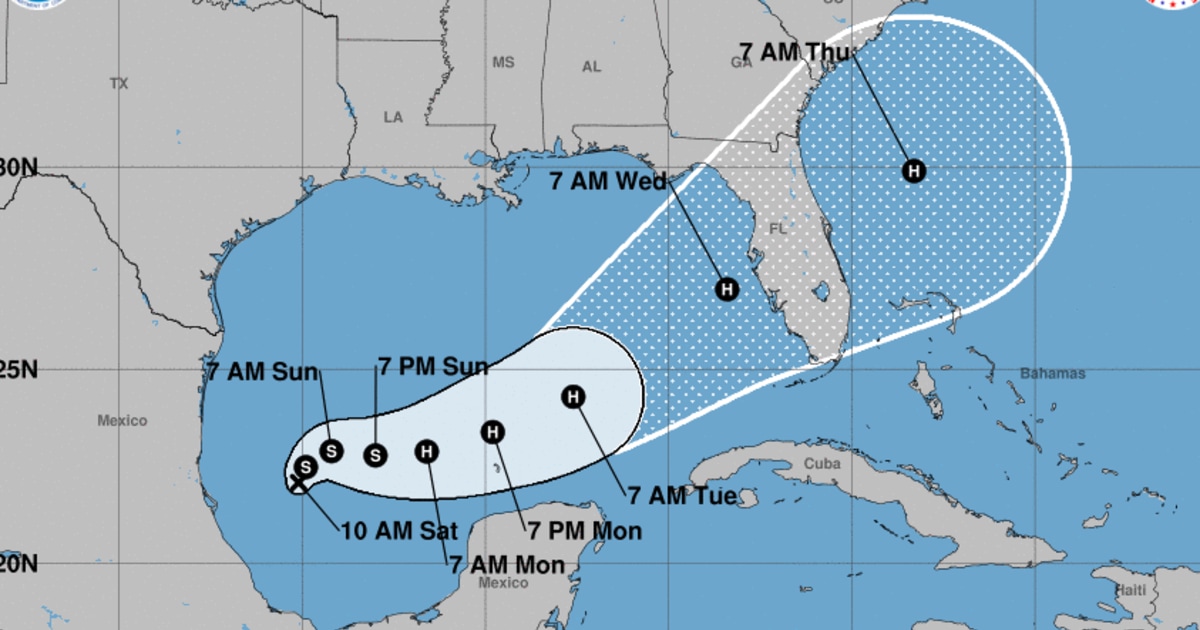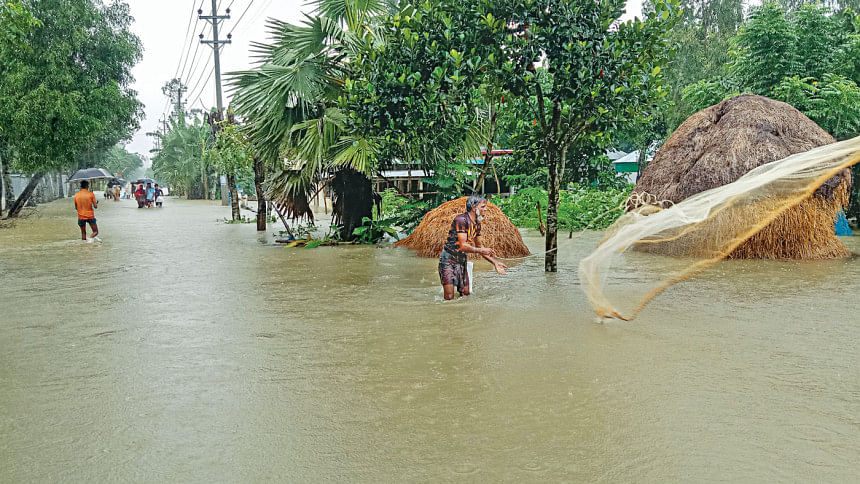
LAHAINA>> A short distance from Lahaina fire survivor Shayne Kahahane’s Kelawea Mauka home, a state Department of Transportation contractor is breaking through a soundwall and installing a gate at North Hakau Place to provide emergency access to the Lahaina Bypass. Kahahane said the project, which is slated for completion by month’s end, is long overdue — as is extending the Lahaina Bypass. He said many in the community want a finished Lahaina Bypass, and believe that its completion would have saved some of the 102 people who died during the Aug.
8, 2023, fire and could save lives in the future. Kahahane said his older sister Donna Gomes lived in the Kahua Camp, or Mill Camp, neighborhood where she and 42 other people died. It’s the neighborhood where the most lives were lost of any Lahaina community — largely because access made it difficult to escape the flames.

“All we have to do is look into the past and see how many wildfires Lahaina has had and know that history will repeat itself,” he said. “I’ve already had to evacuate four times.” HDOT has assisted the state Department of Education with an emergency access route that opened in October of 2023, and runs approximately 2.
5 miles from Lahainaluna High to the Lahaina Bypass. But Kahahane said his neighborhood has needed an emergency evacuation route since 2013 when it was cut off by earlier bypass extensions. The Lahaina Bypass extensions began more than a decade ago with Phase 1A, which cost $70 million, and when it opened in March 2013 linked Keawe Street to Lahainaluna Road with 1 mile of new highway.
Phase 1B, which opened in December 2013 and cost $28.5 million, was a 1.7 mile extension of the Lahaina Bypass from Lahainaluna Road to Hokiokio Place.
Phase 1B-2 cost $38.7 million, and upon completion in March 2018 extended the bypass 2.7 miles from the Southern Terminus to Hokiokio Place.
HDOT director Ed Sniffen told the Honolulu Star-Advertiser in an email that another bypass extension, Phase 1C between Keawe Street and Kakaalaneo Drive, is not on the priority list for the Statewide Transportation Improvement Program, or STIP, and even if it moves to the top it could take another six to eight years for completion. Sniffen said Phase IC was scheduled for construction in fiscal year 2023, using $70 million of state funds from rental car surcharges. But the surcharge was reduced by the COVID-19 pandemic, and “HDOT moved forward with what it could afford statewide.
” Sniffen said there are not any funds for the proposed Phase 1C extension, and that HDOT’s current Maui priority is completing the Honoapiilani Highway improvements from Launiupoko to Ukumehame. Honoapiilani Highway is also called Route 30. “This stretch of Route 30 is threatened by high surf and coastal erosion,” he said.
“If this portion of the highway is closed, the only way in or out of West Maui is Kahekili Highway and the county road from Kahakuloa.” He said the coastal highway project, which goes back to the 1990s, is in the design/environmental stage, and construction should begin next year. The estimated cost of the southern extension is $160 million, which he said is offset by $23 million in Congressional directed spending and $22 million in Rebuilding American Infrastructure with Sustainability and Equity (RAISE) grant funds.
Funding and priorities Maui Mayor Richard Bissen told the Star-Advertiser that he supports extending the Lahaina bypass; however, “it is a funding issue and it is a priority issue.” He said he agrees with Sniffen that the Honoapiilani realignment is the current priority as water is already encroaching on the highway, and “that’s the only road in and out of the West side.” “I think everybody else agrees it’s important, they just want that and the other (bypass extension) project as well.
” Hawaii state Rep. Elle Cochran (D, Waihee- Lahaina-Lahainaluna) agrees that relocating the coastal highway is a priority, but said completing the Lahaina Bypass extension must come at the same time or first. Cochran still remembers the horror of fleeing the Aug.
8, 2023, Maui wildfires using a piecemeal evacuation route. To escape, her Kelawea Mauka community first had to break down a chain link fence by the Department of Water Supply. Cochran said the police came to scold the people, and “then when they realized it was our only way in and out started helping to tear it down.
” “I was just trying to get out and not get caught on fire and explode in my car, ” she said. “Homes on either side of me were all up in flames and cars were up in flames. Fireballs were flying all around me and there was the thickest, blackest smoke that I couldn’t see through.
” Cochran said getting to safety took far more time than it would have if the bypass extension had been completed. “We’re all gun-shy now. If Lahainaluna goes down like it did — because I’m telling you, no mitigation has happened — if the same thing happened, if a spark happened, and it goes down the whole hillside, it’s all dead dry grass,” she said.
“If the fire starts in the same area in the south of Lahainaluna and Lahainaluna gets blocked and goes down again, everyone is still trapped in here like rats.” Cochran has pushed HDOT to extend the Lahaina Bypass since becoming a state representative in 2022, and thinks that HDOT wasted money by waiting so long that it has to reevaluate the 2022 Final Supplemental Environmental Impact Statement for Phase IC. Sen.
Angus McKelvey (D, West Maui-Maalaea-South Maui) said his fight for the bypass extension goes back to his days as a representative. The Maui state lawmakers said action is critical, given the devastating Maui wildfires and construction in Lahaina, which includes an expansion of Maui Memorial Medical Center and about 1,000 new homes going up above Wahikuli. Cochran said the Maui Metropolitan Planning Organization, or Maui MPO, has added the Phase 1C Lahaina Bypass Extension to the final draft of its Transportation Improvement Program, or TIP, list.
“This priority list heads to the state and hopefully they will put it on their STIP list, which would make federal funding possible,” Cochran said. “This is a high priority. Let’s save lives — what a concept.
” McKelvey said he was pleased that the bypass extension made Maui’s TIP list but questioned why it was placed below the Honoapiilani Highway improvements. “(The bypass extension) is the bigger priority now, and it could be accomplished faster than going South,” he said. While McKelvey supports the Honoapiilani realignment, he said the Lahaina wildfire made clear the urgency for a bypass extension.
He added that since the fire, Lahaina housing has begun to shift North. Moreover, he said completing the coastal highway realignment could take more time than the bypass extension. “The first meeting they had for (Honoapiilani) was controversia,l and there were several environmental Native Hawaiian groups that basically signaled their intention to sue,” McKelvey said.
Community first Junya Nakoa, the man behind the recent Lahaina Strong “Fishing for Housing Action,” where displaced fire victims occupied Kaanapali Beach for 175 days, said, “No matter what, both projects should be done, but the bypass should take priority.” Nakoa said he is not against improving the coastal highway, where one accident can result in an 8- to 10-hour delay for motorists. “There’s only one way out,” he said.
“But if you at least get the bypass extension done, you can kind of travel in Lahaina. But if only doing the lower road, you are still stuck. It’s not going to do (crap).
” Nakoa said the community’s opinions must come first or the state could encounter resistance. He recalls that in 2016, the activist community disapproved of the seawalls that the state built on Ukumehame and intervened when the state wanted to expand them to Olowalu. “When the waves are big and it hits, they fly over the highway to the other side of the highway; now, you get saltwater on everyone’s vehicles,” he said.
“A bunch of us activists, we ended up camping for a couple of days. When the construction company for the state showed up, I stood in front of the tractors.” Nakoa said if both projects cannot be done at once, then the bypass extension must come first.
“The reason is safety, safety, safety,” he said. “We don’t need answers. We need action.
” Kona Maielua said the seawalls were a mistake, and the realignment is necessary given that “the highway is almost going to be under water soon.” But he supports making the bypass extension “part of the rebuilding of Lahaina too.” “We feel that it probably would have helped with more roads opened.
Why are our neighborhoods blocked off?” Maielua said. “When it comes to life and death, you would want to design something where everyone feels safe, and that is not the case right now.” Surviving the flames He remembers a harrowing ride from his job at the Maui Eldorado Kaanapali to his Kelawea Mauka home during the Aug.
8, 2023, Maui fires. “I could have got stuck if not knowing where for to go,” Maielua said. “Locals cut a chain to open up access on Cane Haul Road.
” He said his son Tayden Mederios-Maielua, who was traveling in a separate car during the blaze, had a close call after getting stuck behind a fire truck that was fighting the fire. Mederios-Maielua survived by abandoning his car, which later became engulfed in flames. McKelvey said last year the state Senate supported funding for the bypass extension project, but the state House did not.
“If the DOT administrator would have supported our funding effort, the 2023 session would have been successful,” he said, adding that some colleagues were resistant to fund a project that HDOT had not prioritized. McKelvey said he is considering raising funding by introducing a bill to have Maui’s uncontested traffic fines allocated for the bypass extension instead of staying in Judiciary coffers. He said he also is eyeing Maui County’s transient accommodations tax collections, as extending the bypass would also help Maui’s visitor industry.
Sniffen said a Transportation Infrastructure Finance and Innovation Act loan may be considered to advance Lahaina Bypass Phase 1C. “This would commit an estimated $7 million to $8 million annually for the next 20 years of federal annual obligation plus the local match,” he said. “But this would affect the state’s Federal formula funds in coming years.
” Kahahane said human cost matters most. “We lost 102 people, including my sister. We lost a whole town,” he said.
“People are the priority.” Maui projects in the Statewide Tran sportation Improvement Program State projects on the list: >> Southern extension of the bypass. Honoapiilani Highway improvements (Ukumehame to Launiupoko): The project addresses priority sites for coastal highway protection.
>> Puunene Avenue Improvements, which would widen Puunene Avenue from two to four lanes between Wakea Avenue and Kuihelani Highway and other associated improvements. Maui County projects on the list: >> Waiale Road Extension, which will extend Waiale Road from its current terminus at East Waiko Road southward to Honoapiilani Highway. >> Liloa Drive Extension Phase 1 County (North-South Collector Road), which consists of two-lane roadway and associated improvements.
Source: State Department of Transportation.














